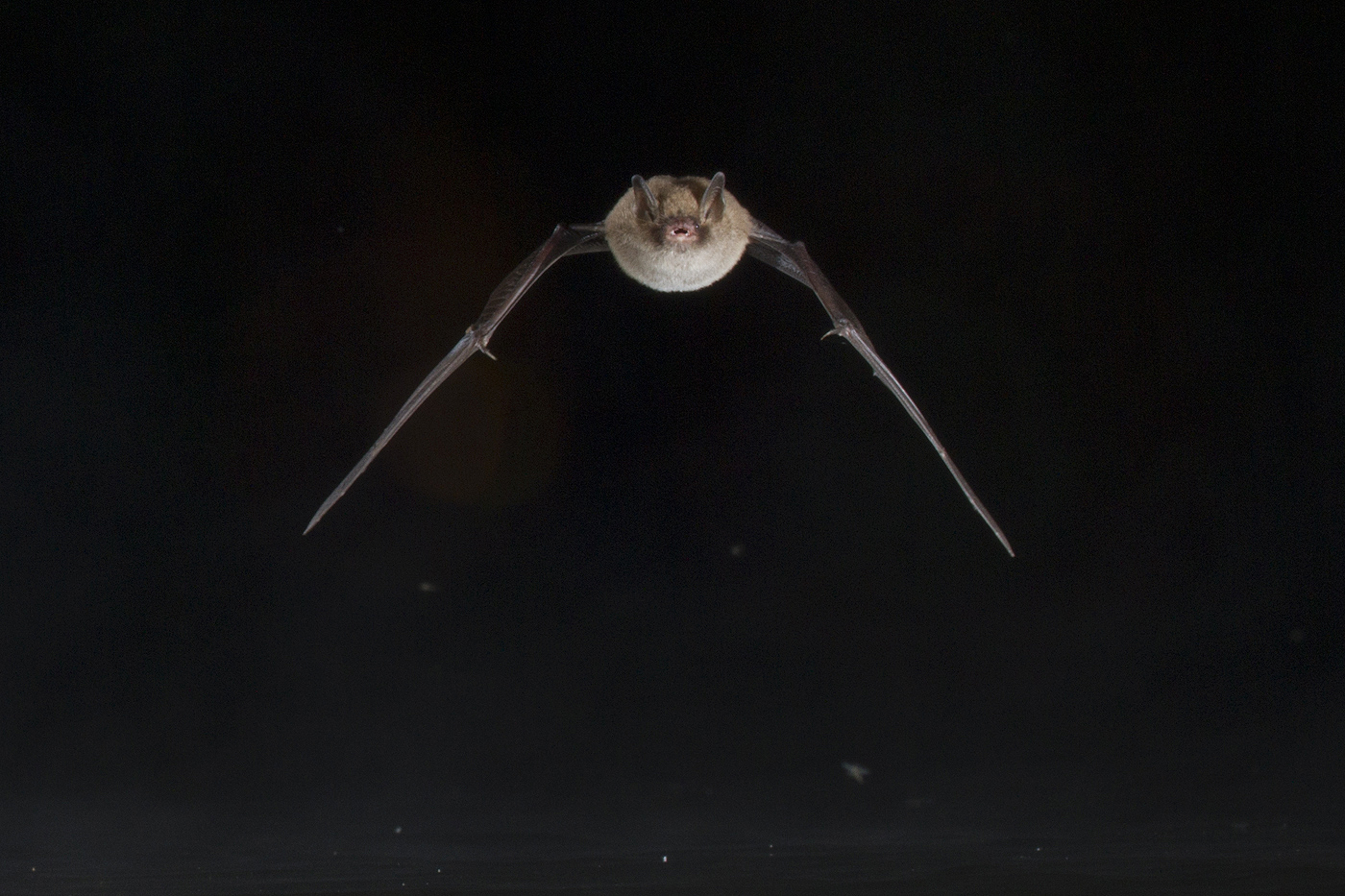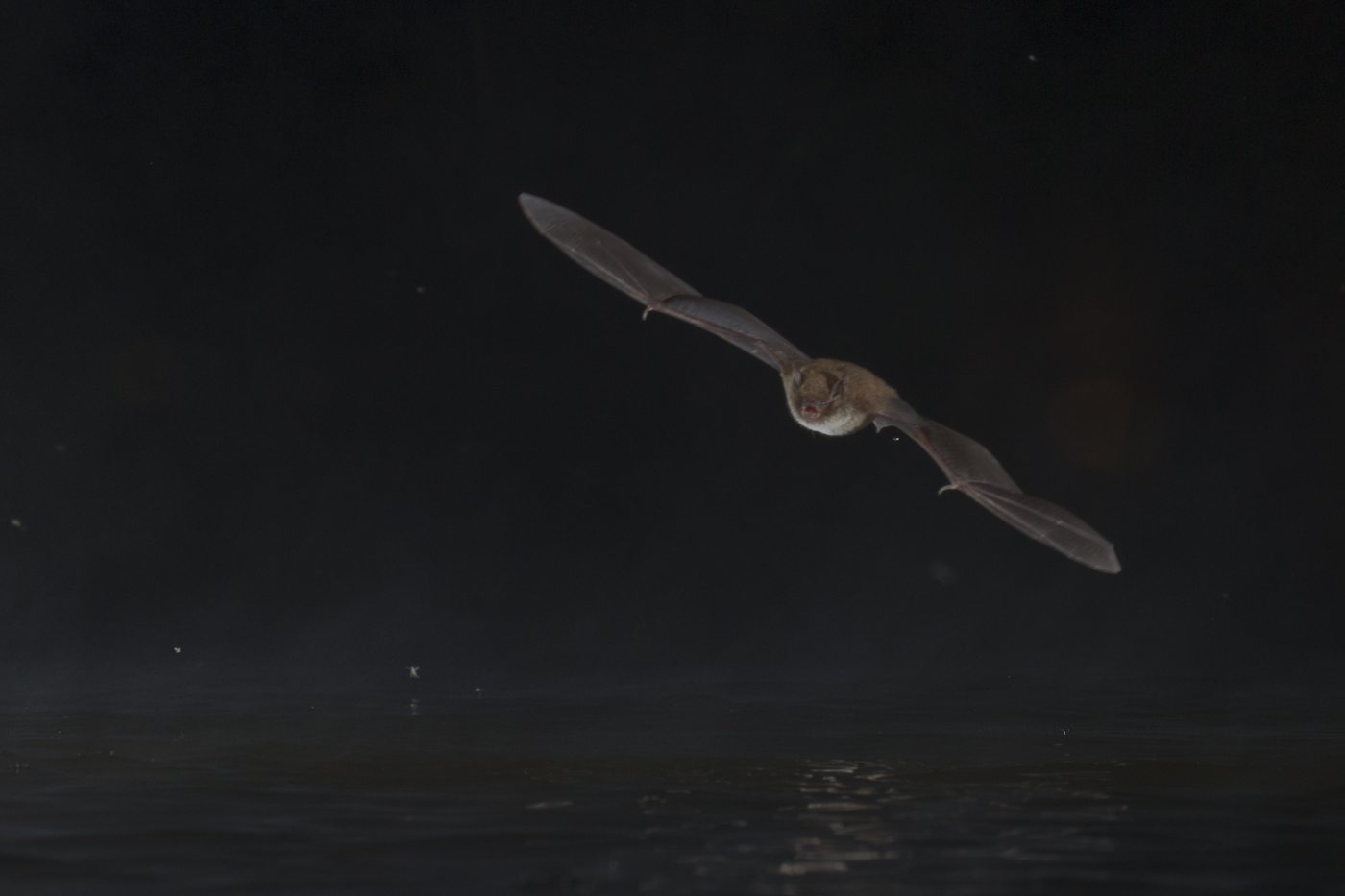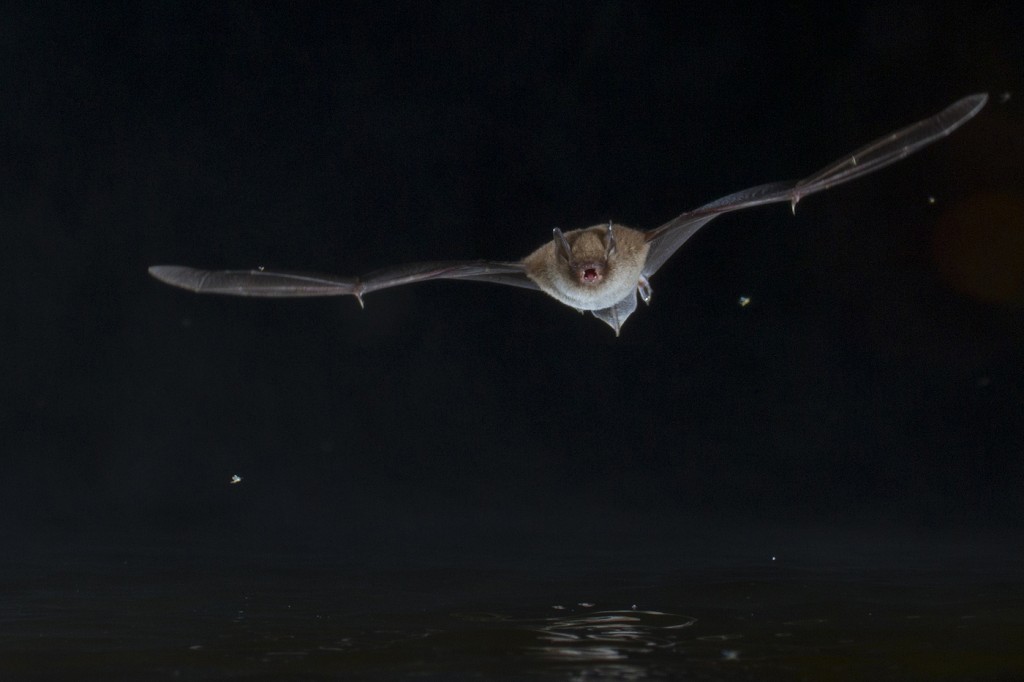Batman begins!
To photograph flying bats at nighttime has been a dream for me for a long time. Well, I guess that it is the ultimate dream and challenge of every keen wildlife photographer. You hardly see them, when they pass you by at nighttime, navigating with their superior senses and constantly searching for insects. This summer, this dream came true, but is was (as always) hard work.
During the last weeks, I have been investigating the nocturnal flight paths of bats. I finally found a great spot not far from where I live, where it seemed to be able to photograph flying bats just above the surface of a small river. The idea was to let the bats pass an infrared-barrier (IR-barrier) which, in turn, should be the trigger for the setup. This is only possible, as long as you can predict the exact path how the bats will fly. Hunting bats above water seemed to be predictable and therefore a possibility.
Photography with an IR-barrier is of course pretty advanced stuff, but luckily, I have been working with IR-barriers for some years now, using it while photographing kingfishers and owls. As during previous shootings, I decided to use my own “home-made” IR-barrier which I like more that the overpriced ones ones that you can buy from special wildlife photography suppliers. It took me about two hours between 8 and 10 o’clock in the evening to rig the camera, the flashes and the IR-barrier. I will not reveal exactly how I did the technical stuff, this is my secret. But at 10.30 in the evening, the bats started flying and with a lot of patience, experience and skills, I managed to capture three passing bats with the camera. This is not at all easy, and still requires the photographer to react, whenever a bat is approaching in the dark.
Here are the results from tonight:



Daubenton’s bat (Vattenfladdermus), Myotis daubentonii
One of the most common species in Scandinavia. Bats eat up to 3000 insects each night. All photographs were taken with Canon EOS 7D, a 100-400 IS USM lens, three synchronized flashes, remote control and an IR-barrier.
